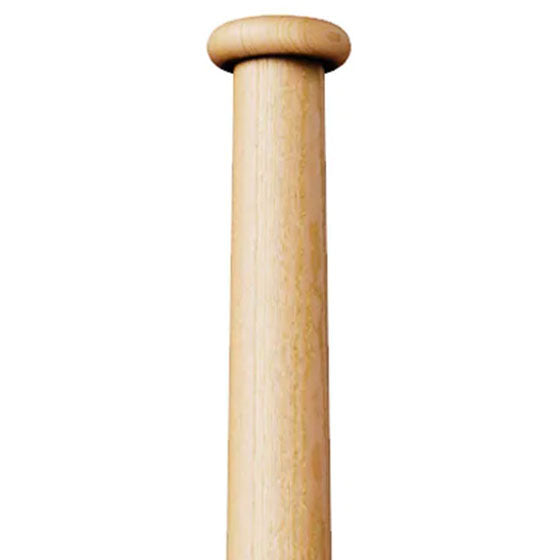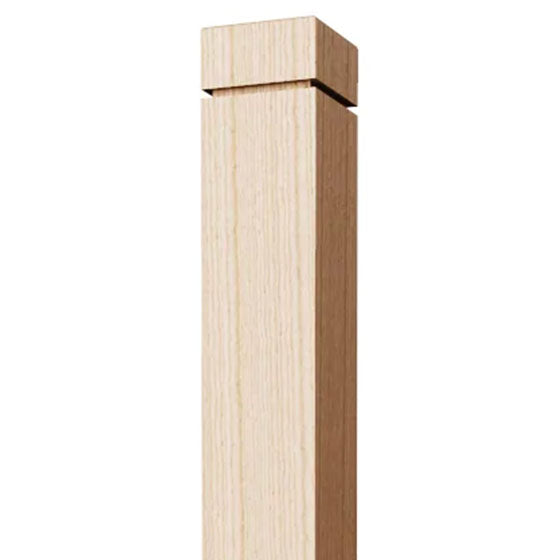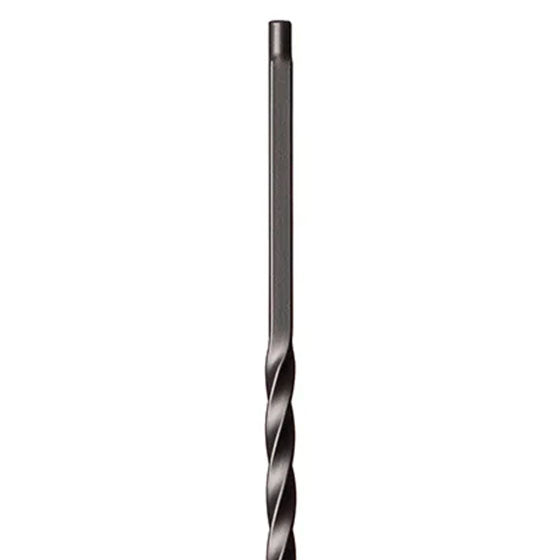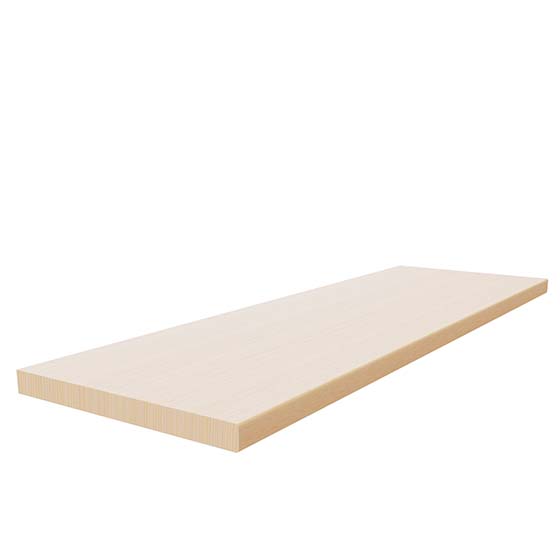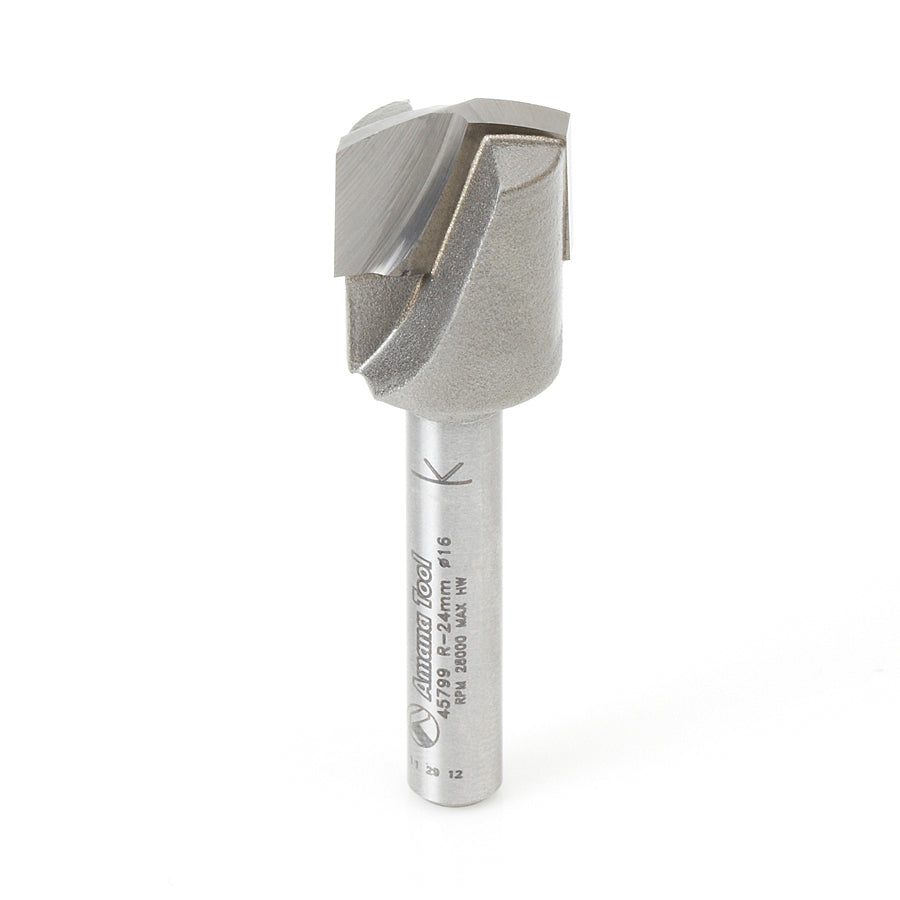
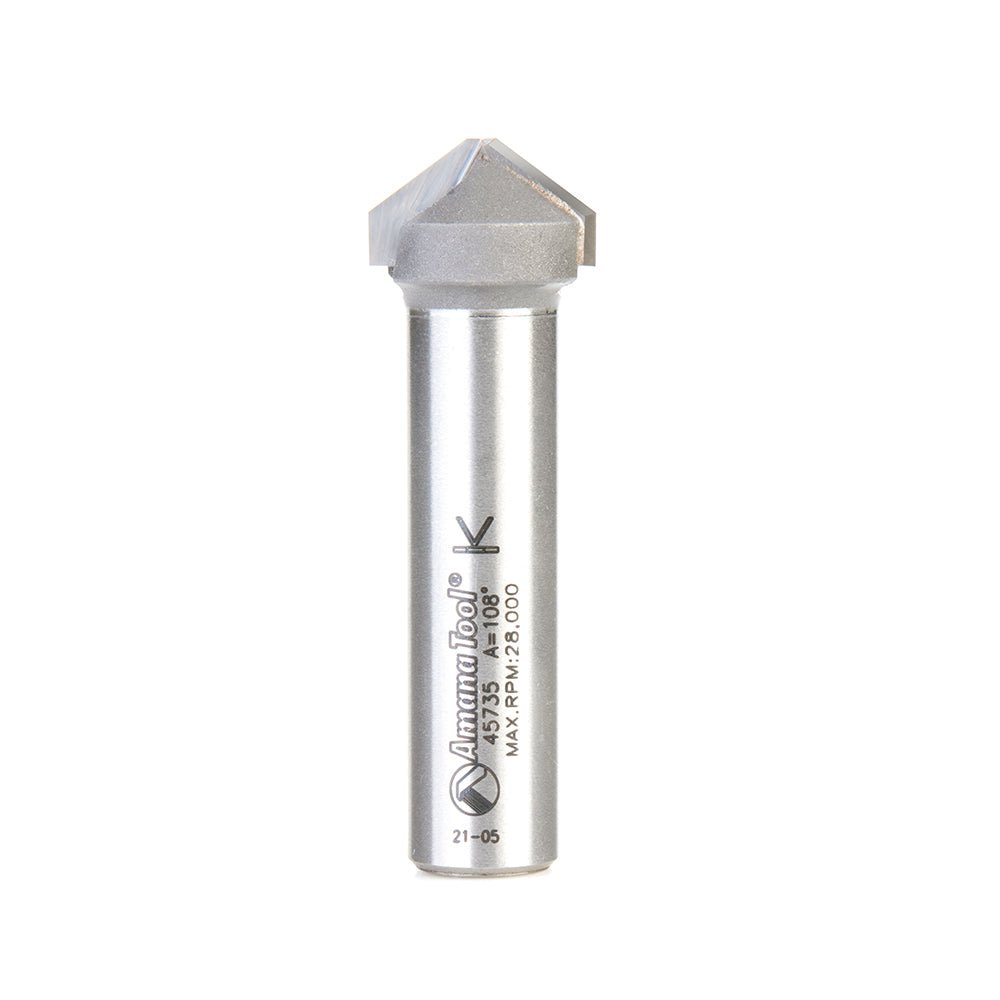

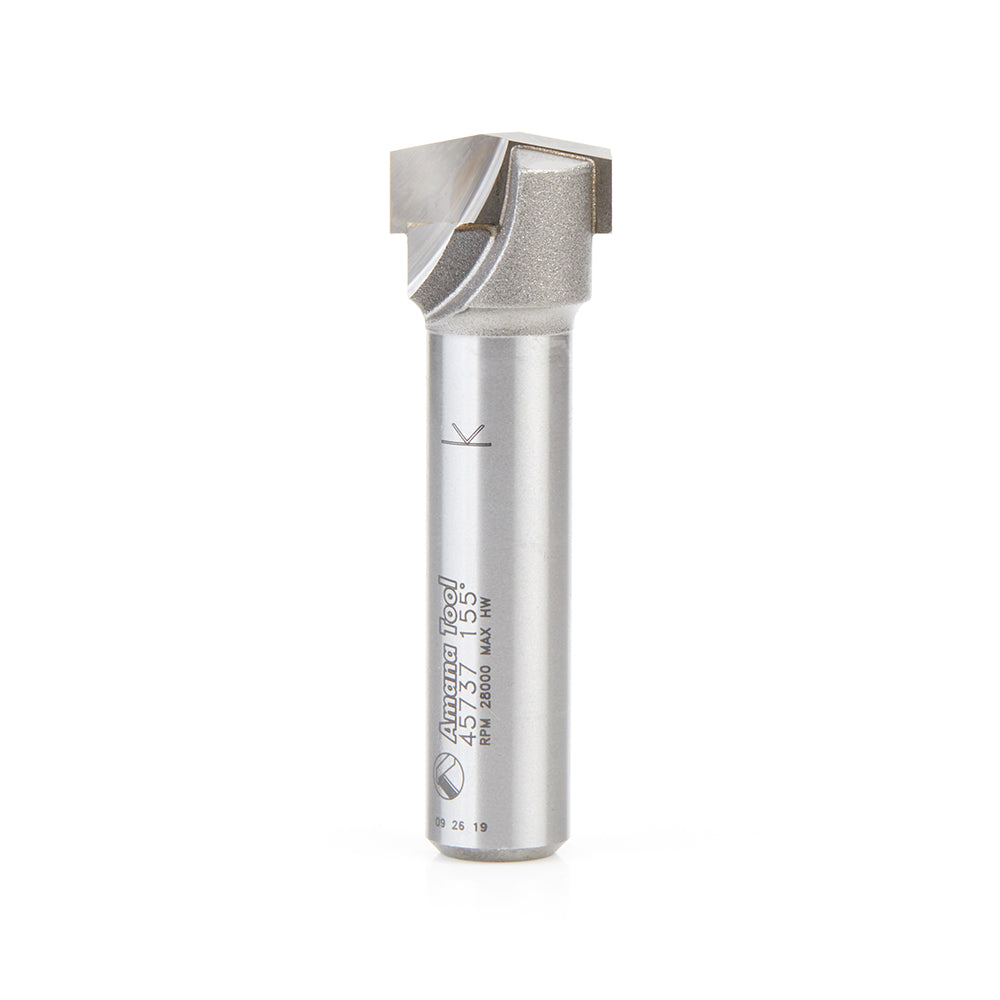












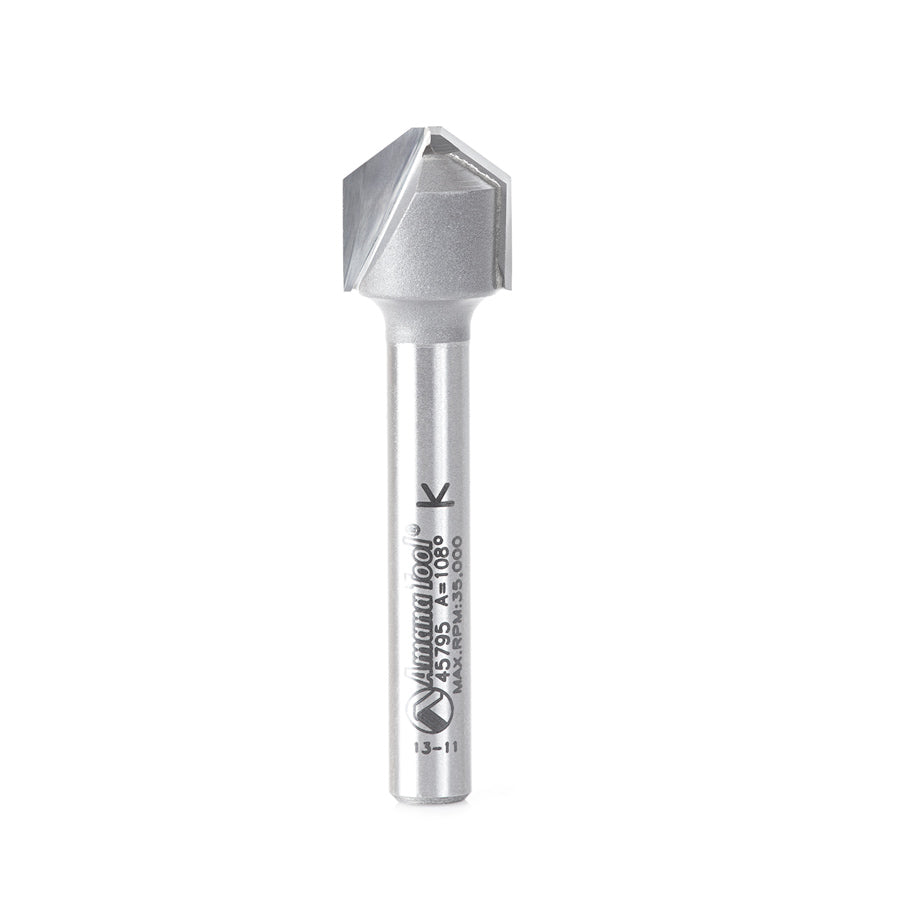
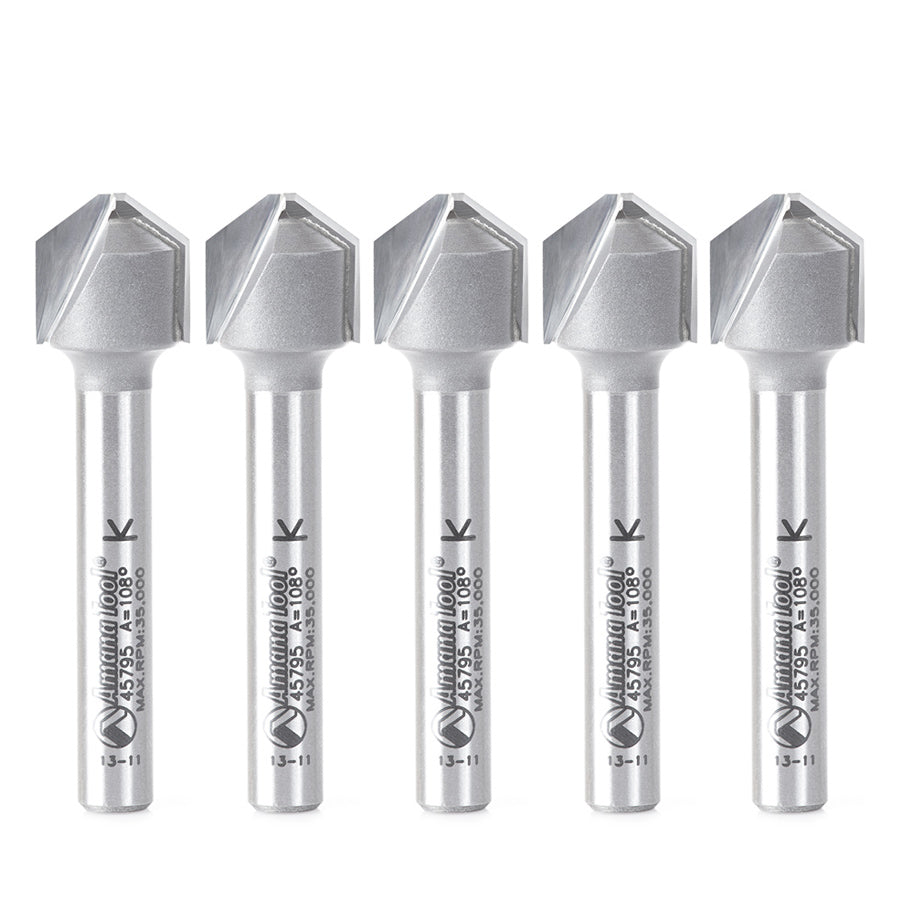







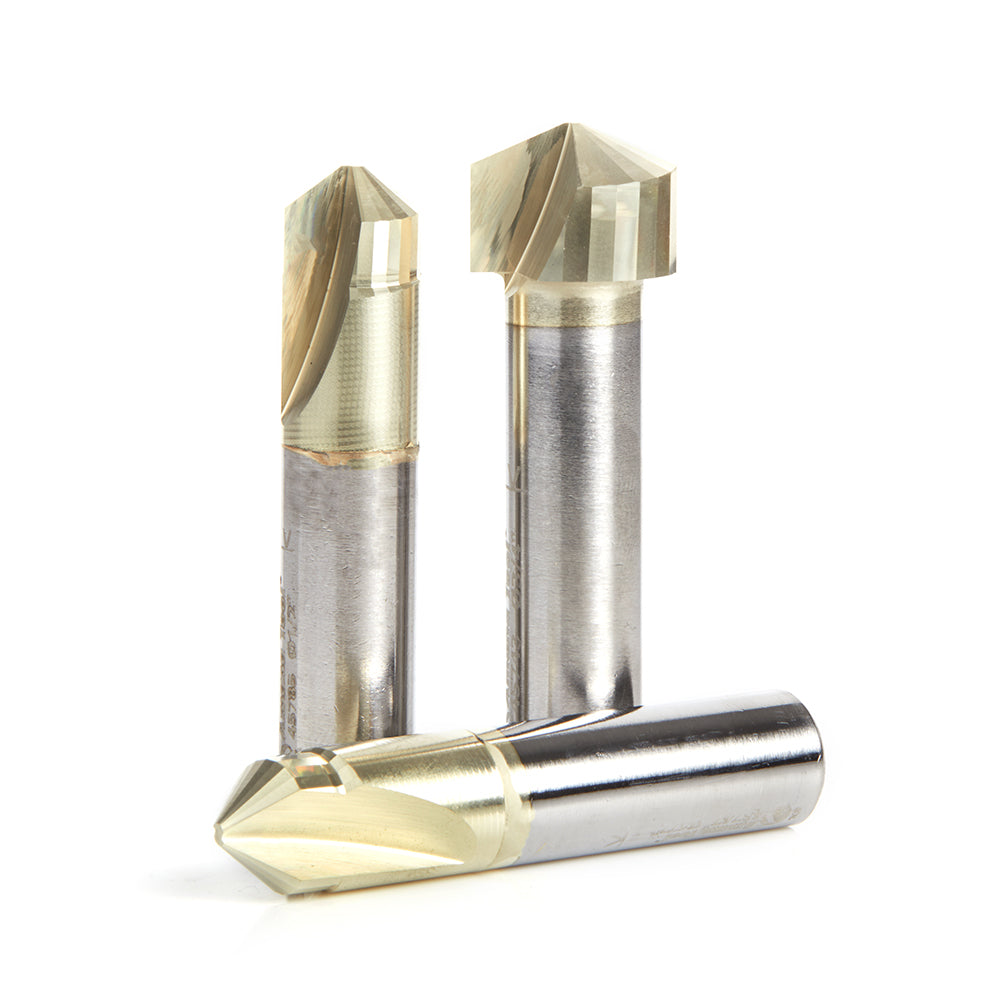
Amana Tool Double Edge Folding ‘V’ & Rectangular Groove Router Bits for Aluminum Composite Material (ACM) Panels
Option
Amana Tool Double Edge Folding ‘V’ & Rectangular Groove Router Bits for Aluminum Composite Material (ACM) Panels
45799 Double Edge Folding Rectangular Groove x 15/16 Radius x 7/16 x 5/8 Dia. x 1/4 Inch Shank
JMP Wood Linden
621 Commerce Road
Linden NJ 07036
United States
The carbide cutting tip is brazed to a steel shank specially designed to cut grooves in composite building materials. Routing V-shaped grooves, whereby the aluminum cover and a part of the polyethylene core is removed, allows folding/creasing the remaining material by hand. Special Amana-grade carbide provides much longer tool life especially compared to carbide tipped tooling.
Composite Material Panels Like TCM, CCM, and ACM are widely used for cladding many diverse exterior and interior applications such as office buildings, hospitals, convention centers, airports, and hotels. The long lasting durability of the material makes it an excellent choice for buildings, signage, displays, etc.
Designed for cutting and scoring aluminum sandwich materials including:
- Acetate
- Acrylonitrile-Butadiene-Styrene (ABS)
- Aluminum, Brass, Bronze, Clay, Zinc & Wood Composite Panels
- Aluminum 5052
- Aluminum Composite Materials (ACM)
- Aluminum Composite Panel (ACP)*
- ALPOLIC® Copper Composite Material (CCM)
- Alucobond®
- Alupanel®
- Bakelite
- Dibond®
- Durabond**
- e-panel™
- Etalbond®
- Lexan™
- Nylon
- PE and FR Cores
- Phenolics
- Plastic/Acrylic
- Plexiglas®
- PVC
- Stainless Steel Composite Material (SCM)
- Titanium Composite Material (TCM)
- Wood
*Aluminum Composite Panel (ACP) is a type of ACM flat panel that consists of two thin aluminum sheets bonded to a non-aluminum core. ACPs are frequently used for external cladding or facades of buildings, insulation, and signage. **Durabond is a polyethylene core with 0.3mm colored aluminum sheet on either side, pre-finished requiring no decoration.
Benefits of Zirconium Nitride (ZrN) Coating
- Creates a harder and tougher cutting edge, allows for a prolonged cutting edge life and helps to prevent the build-up of material in the flutes while cutting
- Have the tendency to run/spin much faster than an uncoated tool
- Optimized flute geometry and low Total Indicated Runout (TIR) guarantees clean cuts, essentially eliminates sanding and reduces chatter (where the machine or work piece vibrates) under high chip loads (when used with low TIR spindles)
- High flute volume supports high feed rates and chip loads
- High aspect ratio for single pass deep-reach cutting
- Flute geometry optimized for cutting sign foam, sign board, hardwoods, thermoplastics and phenolic composites

